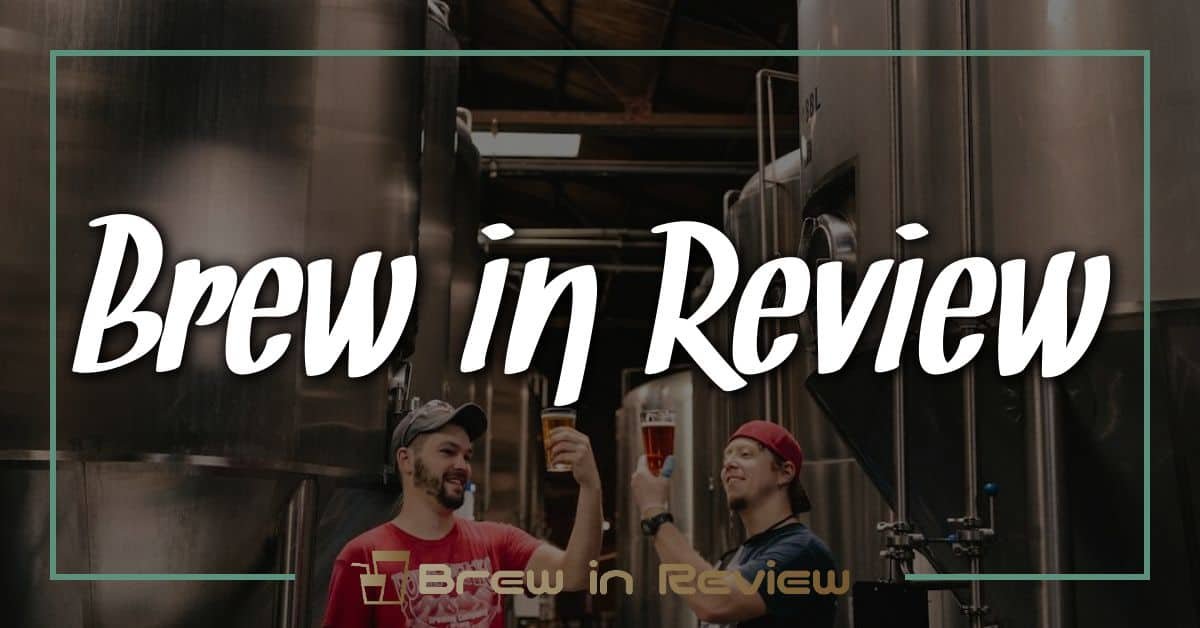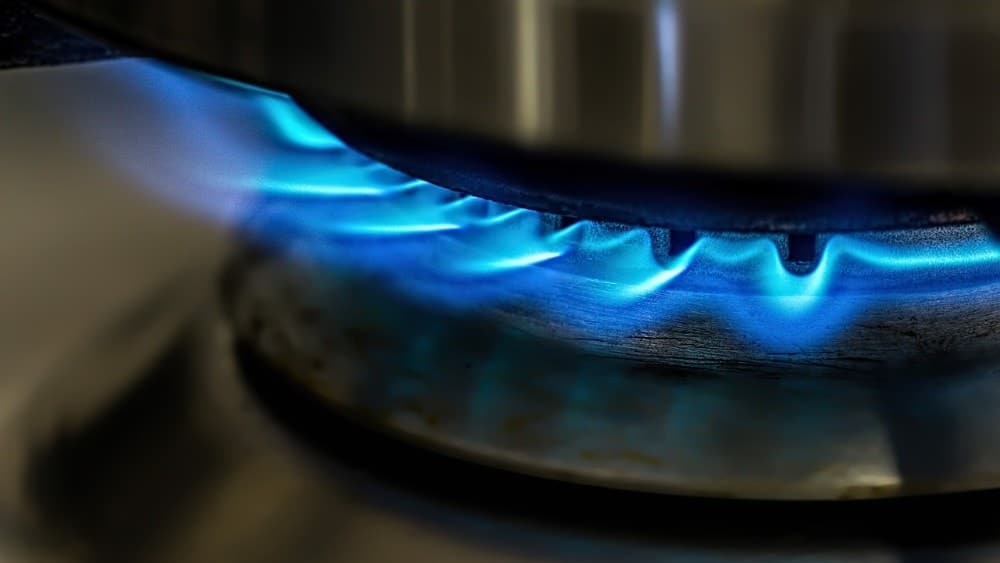Brewing beer is as much an art as it is a science, and understanding the nuances can elevate your craft. One tool that’s become essential in the brewing world is the refractometer. It’s a small yet mighty device that helps you measure the sugar content in your wort, giving you insights into the potential alcohol content and flavor profile of your brew.
I remember the first time I used a refractometer; it felt like unlocking a new level in my brewing journey. With just a few drops of liquid, I could make informed decisions that improved my results. In this article, I’ll guide you through the process of using a refractometer, so you can take your brewing skills to the next level and create the perfect pint every time.
Understanding Refractometers
Refractometers play a crucial role in brewing by delivering precise measurements of sugar content in wort. Understanding how they operate enhances my brewing processes and ensures consistency in my results.
What Is a Refractometer?
A refractometer is an optical device designed to measure the refractive index of liquids. For brewers, its primary use is to determine the specific gravity of wort. This measurement translates into sugar concentration, which directly influences the potential alcohol content and flavor characteristics of the beer. Compact and easy to use, refractometers allow me to perform quick checks throughout the brewing process, making them a valuable addition to any brewer’s toolkit.

How Refractometers Work
Refractometers work by directing light through a liquid sample and measuring how much the light bends. When light passes from air into the wort, its speed changes, resulting in a change in direction. This bending of light correlates with the sugar concentration in the wort. As I place a drop of wort on the prism surface and close the cover, I observe the readings through the eyepiece. The displayed value indicates the specific gravity, allowing me to estimate the fermentable sugars present. With this information, I can adjust my brewing techniques as needed, ensuring the final product meets my expectations.
Importance of a Refractometer in Brewing
A refractometer plays a vital role in brewing, ensuring that every batch meets my expectations for flavor, quality, and consistency. It offers precise measurements that elevate the brewing experience, enhancing both home brewing and professional practices.
Benefits for Brewers
- Accurate Sugar Measurement: A refractometer measures sugar concentration, giving me an accurate reading of the wort’s potential alcohol content. This accuracy helps in crafting beers with consistent strength.
- Simplified Workflow: Using a refractometer streamlines the brewing process. Instead of taking multiple gravity readings with a hydrometer, I can quickly assess the sugar levels during various stages of brewing.
- Improved Calibration: With precise data, I can calibrate my recipes more effectively. Understanding the sugar content allows me to fine-tune ingredients, achieving the desired flavor profile.
- Versatility Across Styles: Whether brewing a stout or a pale ale, this tool adapts to different brewing styles. It provides insights that cater to any recipe or flavor target I want to hit.
Common Uses in Brewing
- Measuring Wort Before Fermentation: I use my refractometer to check the wort’s sugar concentration before fermentation begins. This measurement informs me of the potential alcohol content and helps set my expectations for the final product.
- Monitoring Fermentation Progress: During fermentation, I take readings to track sugar depletion. Observing these changes helps determine when fermentation is complete and signals the right time for bottling.
- Testing Finished Beer: After fermentation, I check the final gravity of the beer with my refractometer. By comparing it with original readings, I calculate the actual alcohol content and assess the balance of flavors.
- Recipe Development: When experimenting with new recipes, I rely on my refractometer to measure sugar levels throughout the brewing process. This data helps me modify ingredients for better results and guarantees the unique characteristics I aim for in each brew.
How to Use a Refractometer in Brewing
Using a refractometer enhances your brewing experience by providing precise sugar measurements. Here’s how to effectively use this tool.
Preparing Your Sample
To prepare your sample, gather your wort after lautering or collect a few drops at various fermentation stages. Make sure the wort temperature is between 60°F and 70°F for accurate results. If the sample’s too hot, it can skew the readings. I often take a small vial to transport the liquid—this keeps things organized and easy. Avoid bubbles while transferring, as they can interfere with light refraction.
Taking the Measurement
Once you’ve prepared your sample, place a few drops onto the refractometer’s prism. Close the cover and look through the eyepiece. Direct light onto the device, ensuring it’s well-lit for clarity. I find it’s best to adjust my position until I clearly see the scale. Read the measurement where the light changes from light to dark. This reading reflects the sugar content accurately, which can indicate potential alcohol levels based on the original gravity.
Interpreting the Results
Interpreting the results requires understanding the correlation between specific gravity, sugar content, and alcohol potential. A refractometer provides readings in Brix or Plato, both of which represent sugar concentration. Typically, a Brix reading of 12 corresponds to about 1.048 specific gravity. For fermentation, I utilize a calculation formula to adjust for changes in gravity over time, helping me monitor fermentation progress. Consistently tracking these metrics allows for better recipe adjustments and overall brewing success.
Tips for Accurate Measurements
Accurate measurements are crucial for achieving consistent and high-quality results in brewing. Here’s how to ensure precision when using a refractometer.
Calibrating Your Refractometer
Calibrating your refractometer is essential for precise measurements. I recommend using distilled water for calibration. Start by placing a drop of distilled water on the prism and closing the cover. Allow it to settle for a moment, then look through the eyepiece. The reading should show zero Brix. Adjust the calibration screw until the device reads zero if it doesn’t. Performing this calibration at the same temperature you’ll use for your samples ensures reliable results.
Common Mistakes to Avoid
Avoiding mistakes enhances accuracy during measurements.
- Ignoring Temperature: Always account for temperature adjustments. Refractometers are calibrated for specific temperatures, usually around 20°C. If your sample is at a different temperature, corrections matter.
- Incorporating Air Bubbles: Eliminate air bubbles from your sample before taking measurements. Air can alter light refrraction, leading to inaccurate readings.
- Not Cleaning the Prism: Clean the refractometer’s prism after each use. Residue can affect future readings. Use a soft cloth or lens tissue to wipe the surface.
Following these tips will help you maximize the potential of your refractometer, leading to better brewing outcomes.
Conclusion
Using a refractometer has truly transformed my brewing experience. It’s amazing how such a small tool can provide so much insight into the brewing process. By accurately measuring sugar content, I’ve been able to refine my recipes and achieve the flavors I’m aiming for.
I encourage you to give it a try if you haven’t already. Embracing this tool can elevate your brewing game and help you create consistent and delicious beers. Remember to take your time with the measurements and enjoy the journey. Happy brewing!




